
Against the backdrop of the latest Google updates on forums and in chat rooms, I increasingly see panic moods that can be described in two phrases:
- Low-frequency queries are over. I am leaving doorways. To the factory, everyone.
- Google no longer takes into account relevance, just authoritative websites remained in the top, and the army of Hindu assessors will observe them.
Let's see what BERT is (thanks Medialab for the example)
When requesting the "movie paintings expert steal paintings" –, Google immediately offered us the name of the movie we were looking for.
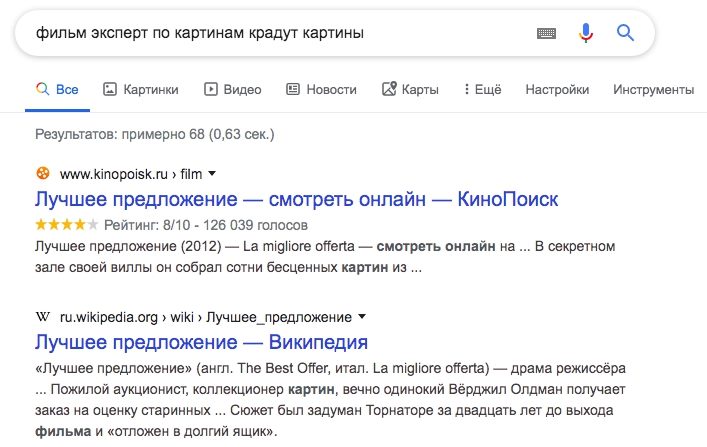
Thus, if earlier, for example, when requesting "door speakers", Google issued "car speakers" realizing that this is one and the same, now the search engine has begun to better understand the "meaning" of the request and give answers to even more complex questions.
The link https://cloud.google.com/natural-language/ gives you an idea of what Google can do today.
This is the evaluation of entities – Google understands where the text is about the company, where about the person, and where the address is written.
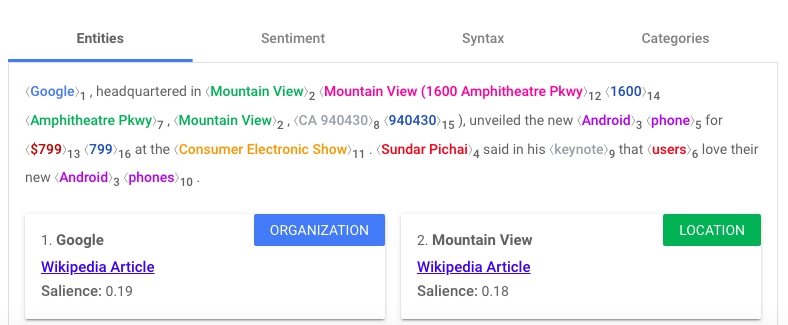
Google also began to better understand the subject matter of articles, identifying a specific technology or product based on the text.
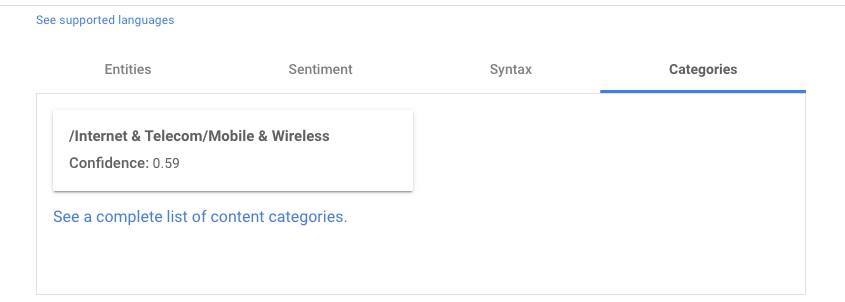
End users benefit, and automatically generated websites that used to be able to get traffic for requests like “movie paintings expert steal paintings” will not get it anymore.
How in this case one explain the fall of normal, white websites?
One of the subscribers wrote that my approach with choosing keywords by intitle which I described here https://t.me/amazonpartnerka/68, no longer works.

Example 1. Let's consider a website with keywords selected by relevance, below is a screenshot from ahrefs:
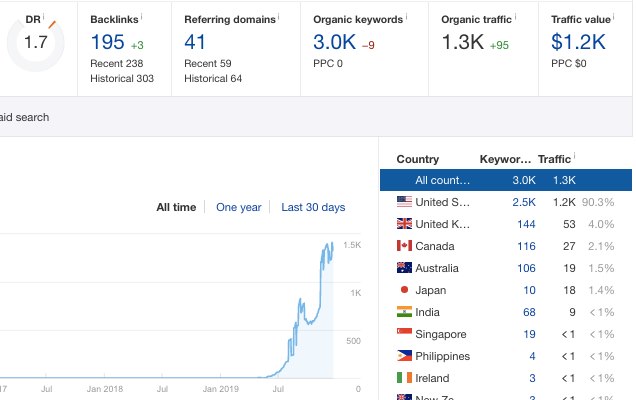
As you can see, the website has overcome the latest updates and is growing well.
The website is #1 by the commercial best key that exactly answers the request, and below are – more trusted domains with DA 70-90 which do not have this exact entry.
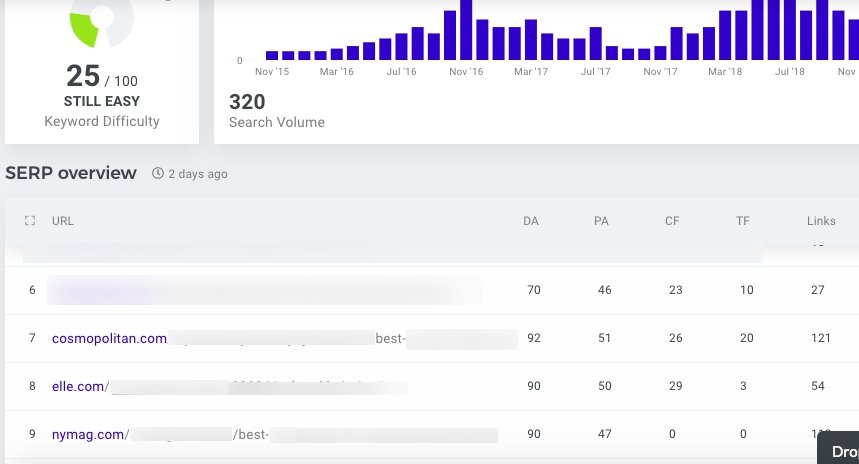
Example 2. This website was also built on low-frequency keys, but its traffic decreased significantly after November 7. Like the first one, this website is thematic.
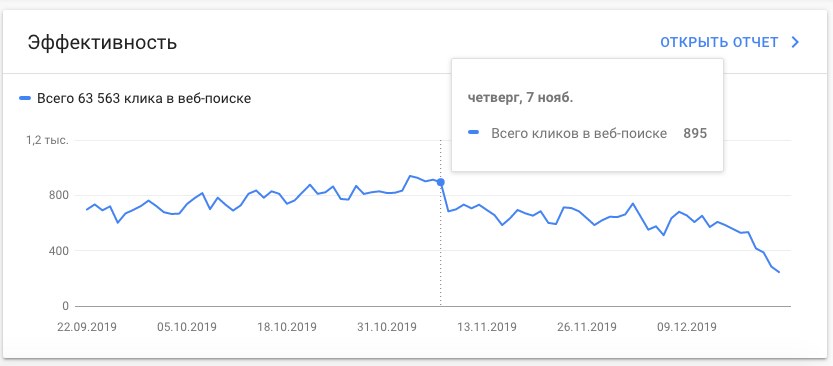
Example 3. A hodgepodge website (children's toys, furniture, cars) – grew in traffic after November 7.
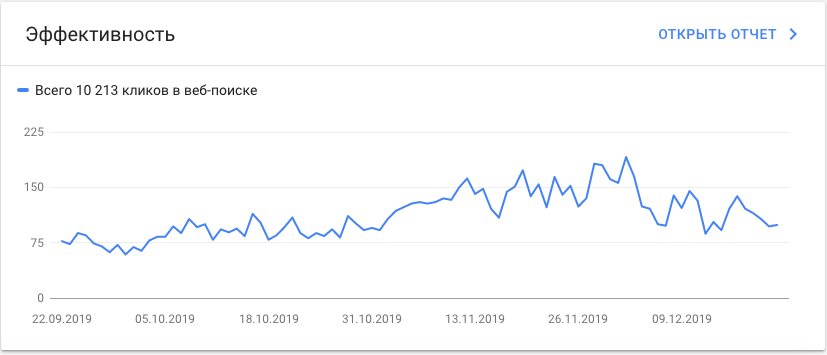
What distinguishes the second website from the first and third?
The second website has more than a hundred pages and all of them are written on low-frequency key requests. The first – has 9 articles, the third has– 11.
In article Why websites subside on Google and what they should be in 2020, I concluded the following:
We came to the conclusion that this was a link-based update and the November ups and downs of websites were not directly related to the BERT algorithm. Changes have occurred in the formula for calculating a link trust. From now on, a link trust is split between all pages and now the availability of a certain number of links to individual documents is critical. Therefore, for example, multi-page websites running on expired domains, without pumping individual pages with links, will not grow in traffic as well as before, and the doorway page pumped by external links may be "trustier" than yours.
Apparently, Google declared a decisive war to doorways (auto-generated websites), but this also influenced good, white websites.
In fact, doorway – is a multi-page website that rarely gets good links to its pages. If your white website has many pages and they are not pumped by external links (and for low-frequency queries this is usually not economically efficient), the uniqueness of your content is eroded by doorways (see a specific case in article Why Websites Subside on Google, and Trusting Your Domain is Not a Panacea), Google can classify your website as a doorway, – and the website loses positions.
Among interesting observations: websites with a SILO structure and similar URLs grew up in the search engine:
- domain.com/beauty/hair/shampoos/black-hair
Therefore, if your white website has a single-tier structure and a URL like this:
- domain.com/best-purple-shampoo-for-orange-hair
Then, for Google, this may be another additional sign that your website is a– doorway.

All our low-page websites (up to 30 articles) have benefited from the latest updates. Multi-page (100+ articles) either did not grow or subsided.
I deliberately do not write about high-quality content. I saw a lot of projects that just had amazing content, with excellent design and which did not grow in the ranking.
In the tops, most often we see successful websites that succeeded, at the same time, there are hundreds and thousands of websites that did not succeed.
I found this website by accident. I was looking for a writer on Upwork, one of the authors suggested writing content at a price of $70 per 1,000 words and sent me a few articles as an example from the website in the screenshot below:
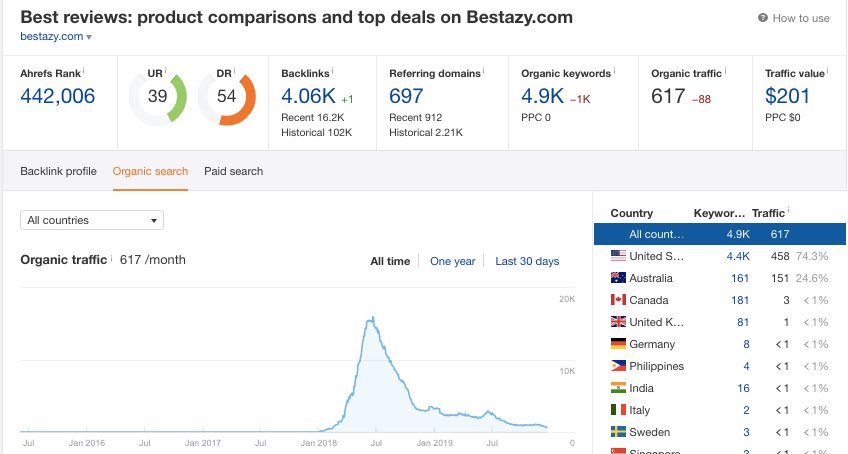
This website seemed interesting to me: unique design, good structured content, each review article of 6-7 thousand words. The website has 134 articles in the review section.
And we you estimate that articles for this site were written by writers for $70 per 1,000 words, the resource owners spent more than $60k on content alone.
And this project almost died.
As part of consultations and project mentoring, I see one common problem: underestimation of link budgets for Google. Quality design and layout does not provide top rankings on Google.
Thus, promotion on low-frequency requests has not died, relevance is valid, SEO will live in 2020, but your main task is– to objectively evaluate the available resources in terms of links. No links – means no top rankings on Google.
Written by: Dmitry Sokhach, co-founder at AdmixGlobal
@AmazonPartnerka channel
Other articles:
























 7,202
7,202



















